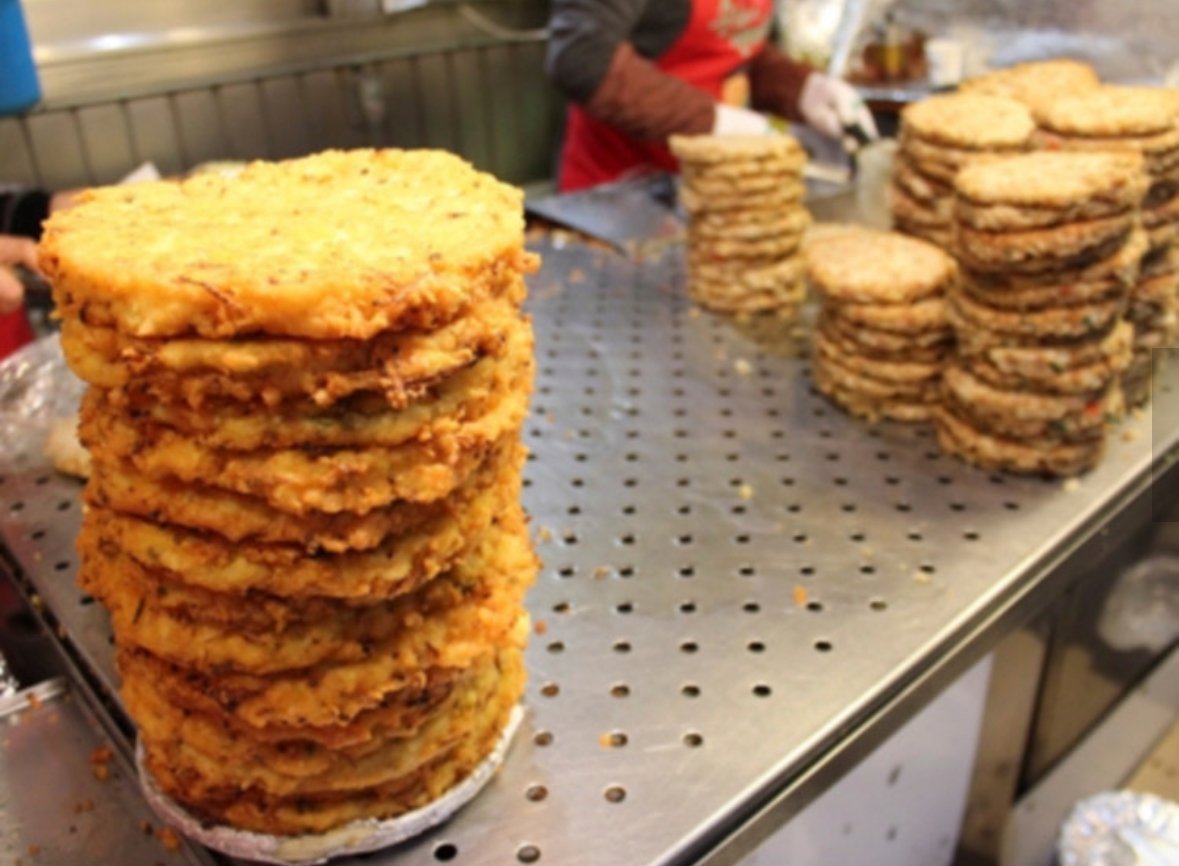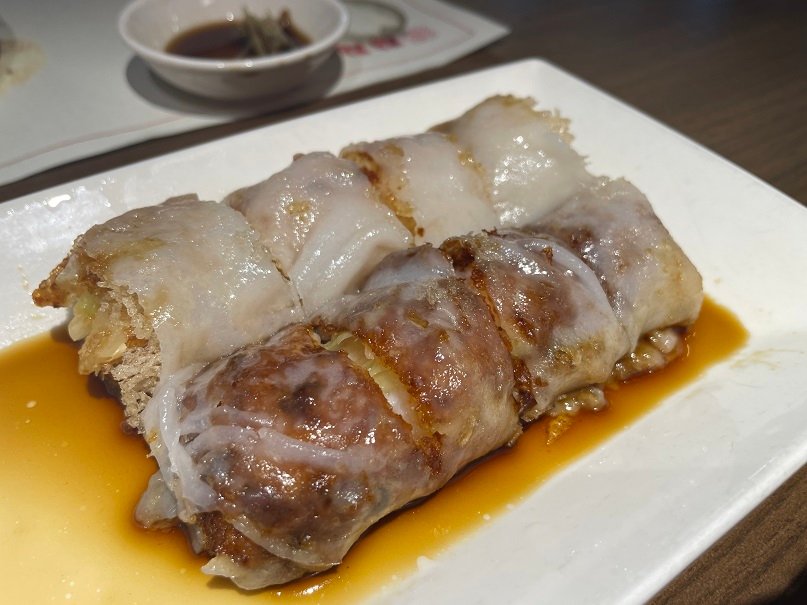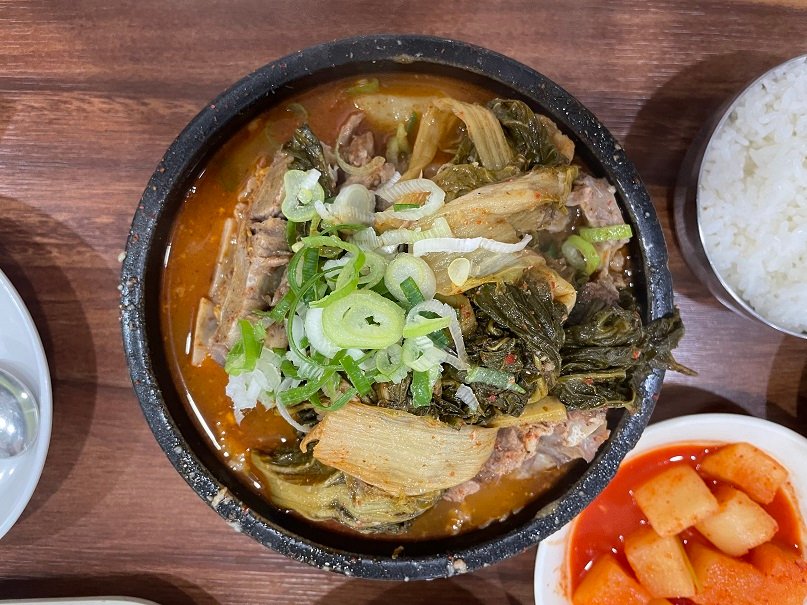My Switch on Diet Day 21
Three weeks into the Switch On Diet, I’ve officially lost 4 kilograms of body fat—without losing significant muscle mass. Honestly, this is the most satisfying part of the journey so far. Unlike past diets where I lost “weight” only to realize it was mostly water or muscle, this time the focus on metabolic health, not just the number on the scale, is paying off.
So what made the difference?
It wasn’t about eating less—it was about eating smarter.
By following Dr. Park’s method of meal sequencing (veggies → protein → carbs), prioritizing whole foods, and incorporating two 24-hour fasts per week, I trained my body to switch from sugar-burning to fat-burning mode. This metabolic flexibility seems to be the key to long-term fat loss, especially in midlife when hormones change and fat storage patterns shift.
I also kept physical activity simple: walks in nature, gentle stretching, and conscious movement throughout the day. No harsh workouts. Just consistent movement. And most importantly, I focused on gut health—fermented foods like doenjang (Korean fermented soybean paste), miso soup, and a daily probiotic helped reduce bloating and improve digestion, which in turn supports metabolism.
But let me be real about today.
It’s watermelon season in Korea. 🍉🍉
And I love watermelon.
As much as I try to avoid sweets, this one hits differently—especially on a warm day. My husband sliced up a juicy half-moon wedge after dinner, and I stood there, debating. I remembered something I read this week: “Fruit sugar may come from nature, but it still spikes blood glucose like any other sugar.”
I did a bit of research and found that fruits like watermelon, grapes, and bananas have high glycemic indexes (GI), meaning they raise your blood sugar quickly—similar to refined carbs. When insulin levels spike, fat burning halts. According to studies published in the American Journal of Clinical Nutrition, frequent blood sugar spikes can prevent lipolysis, the very process needed to burn fat.
So yes, even “healthy” fruit can delay progress—especially during a fat adaptation phase like the one I’m in now.
I ended up eating just half the portion I used to. It wasn’t easy. But I chose to practice mindful compromise, not guilt.
This is how I’m learning to live in balance.
🍉 Why Even Healthy Fruit Should Be Limited During Fat Loss

Fructose in fruit is metabolized in the liver and can contribute to fat storage if consumed in excess. High-GI fruits cause rapid insulin spikes, which halt fat burning. During metabolic reset phases like Switch-On, it’s best to avoid all sugars—including natural ones.
However, if you really need a fruity fix, choose low-GI, high-fiber options in small amounts.
🍓 Berries (like blueberries or raspberries): rich in antioxidants and fiber.
🥝 Kiwi: supports digestion and immunity.
🍏 Green apple: relatively low in sugar and helps with satiety.
🍑 Peach (in moderation): provides vitamins A and C with lower sugar than tropical fruits.
Portion control is key—even with healthy choices. Remember: during fat-adaptation, minimizing all sugar helps your body truly switch into fat-burning mode.
Mindful Moderation Is Still Progress
What helped me most today was awareness. Instead of falling into the “but it’s healthy” trap, I reminded myself that now is not forever. This is a focused, 4-week reset. There will be a time for summer fruit indulgence—but today, I chose my bigger goal.
So if you’re also struggling with cravings for sweet, juicy things—even “healthy” ones—know that you’re not alone.
The key is to recognize the craving, acknowledge it, and choose your response with kindness and clarity.
Tomorrow marks the final stretch of week three. I’m more motivated than ever to stay on track—not because I’m perfect, but because I’m finally seeing what’s possible when I stop negotiating with my old habits.
![[Day 21] Switch on Diet : 4kg of Body Fat Lost Without Losing Muscle – Here’s What Really Worked](https://kchopstick.com/wp-content/uploads/2025/06/fruits-1-1100x450.png)





